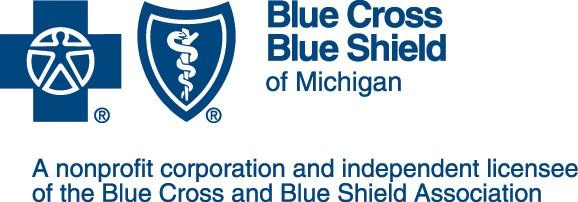NEWS & EVENTS
SPECIALTY CARE

ADA 2025 Poster: Trends in Insulin and CGM Use for Type 2 Diabetes in a Michigan Quality Improvement Collaborative
Updated: 06/24/25
Presented at the American Diabetes Association Scientific Sessions, June 2025, Chicago, Illinois.
Poster Title: Trends in Insulin and CGM Use for Type 2 Diabetes in a Michigan Quality Improvement Collaborative
DOI: Forthcoming
Authors:
Kaitlyn Watson, BS [1]
Komal Kinger, MD [1]
Aleda Leis, PhD, MS [1]
Lynn Ang, MD [1]
Jennifer Iyengar, MD [1]
Neha Bhomia, MHI [1]
Jacqueline Rau, MHSA, PMP [1]
Jacob Reiss, MHSA [1]
Larrea Young, MDes [1]
Julian Weisensel, BFA [1]
Rodica Pop-Busui MD, PhD [2]
Caroline Richardson, MD [3,4]
Heidi L. Diez, PharmD, BCACP [1]
Lauren Oshman, MD, MPH [1]
Kara Mizokami-Stout, MD, MSc [1,4]
Affiliations:
[1] University of Michigan, Ann Arbor, MI
[2] Oregon Health and Sciences University, Portland, OR
[3] Brown University, Providence, RI
[4] Veteran Affairs Ann Arbor Health System, Ann Arbor, MI
Introduction and Objective: Prior work by the Michigan Collaborative for Type 2 Diabetes (MCT2D) demonstrated increased adherence to non-insulin guideline-directed medical therapy (NI-GDMT) for type 2 diabetes (T2D) over the past 4 years but insulin use remains unclear. We examined insulin use in MCT2D practices over this period.
Methods: We analyzed pharmacy claims from 82,207 adults with T2D insured by Blue Cross Blue Shield Preferred Provider and Blue Care Network Health Maintenance Organizations and Medicare Advantage plans, receiving care in MCT2D-practices (01/2020-06/2024). Descriptive statistics examined trends in insulin use (no insulin, any, long/intermediate) by age and glycated hemoglobin (A1c). Linear regression assessed the significance of these trends (baseline group defined as <45 years old with A1c <7%).
Results: Insulin use for T2D in Michigan has remained relatively steady across age and A1c categories despite increased NI-GDMT use (Figure 1). A significant positive trend was observed in individuals aged 45-64 with A1c of 8-9% not using insulin, with a stronger effect in those aged 65-74 (p=0.03 and p=0.01, respectively).
Conclusion: This data suggests insulin use has remained steady despite increased NI-GDMT for T2D. A significant trend of individuals aged 45-74 with A1c of 8-9% not using insulin highlights the need to optimize treatment and ensure appropriate care for individuals with T2D.
Tags: Research, Created By MCT2D


